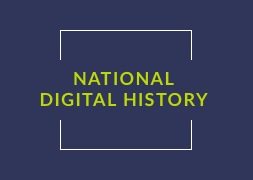Share:

Warmly welcomed by the world public is the decision of the UNESCO on the realization of the international program “The Great Silk Road” — a route: dialogue, mutual understanding and rapprochement of cultures. The Great Silk Road like the Phoenix bird is starting its revival.
In order to comprehend the present one should know the past well. Try and remember the Asiatic campaign of Alexander of Macedonia in 334 B. C., which brought not only a world-wide fame to the young general who succeeded in creating the largest monarchy of the old times and recarving the maps of Europe and Asia but Alexander’s political actions changed the world’s pattern itself. Everything began to move. The conquered lands of Europe were forced to cooperate and intercourse with Asiatic countries. The Hellenic oikumene came into contact with the Oriental one. Just like two communicating vessels quite different civilizations began pouring their knowledge from one into the other. Trade routes were the arteries connecting the vessels. Not only goods were transported by them but in the course of centuries the roads became conductors of culture, science, technology and religion. Central Asia situated between China and India in the east, bordering on the European world in the west, between the Volga and Siveria in the north, between Persia and Arabia in the south for almost two thousand years stood on the crossing of great trade roads, world’s civilizations and cultures. The flourishing period of the Silk Road passing through Central Asia and Kazakhstan fell on the 6th-12th centuries.
If nowadays goods are dispatched from the shores of the Azov Sea or eastern Caspian towards the shore of the Alakul lake, they will go the same route as in the epoch of ancient Rome, Arab conquerors, the Middle Ages Renaissance. Even small sections of the present-day railway lines and highways coincide with the caravan paths of the ancient Great Silk road. Precision geophysical instruments, aerophotographical and cosmic data give verification that the man was able to choose the most convenient roads even in the old times. In the west the Great Silk road terminated at Tan (Azov) founded by Venetian merchants on the left bank of the Tanais river (Don) at its fall into the Surozh (Azov) Sea. Genoeses with their galleys met caravans on the shores of the the Stone Belt in the Ural woods rich in fur-bearing animals. However it curved and separated the Silk road merged into one way at the Blue (Aral) sea and running along the Yaksart and then the Chu banks it passed through the Land of Seven Rivers and reached the Dzungaria Gate. On passing a narrow rocky ravine the caravans moved by paths leading to Spicy lands of the Ganges, then by the Yellow river loess banks lined with mulberry trees throughout the Far East oikumene the inhabitants of which called their land Tien Shan.
Reference:
Rakip Nasyrov, “Along the Great Silk Road”, published by “Kramds—reklama”, 1991.
Share: